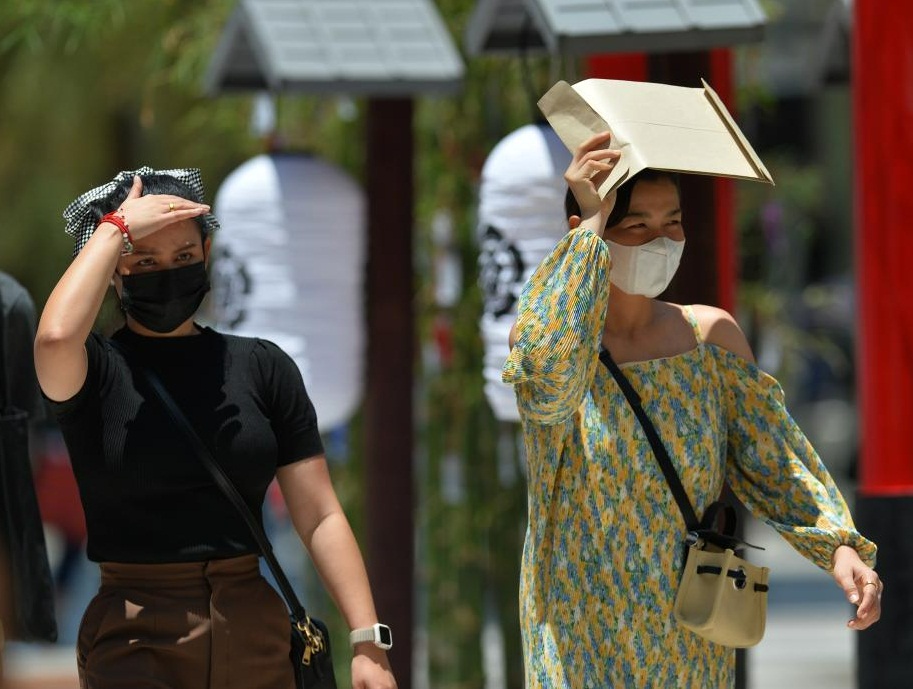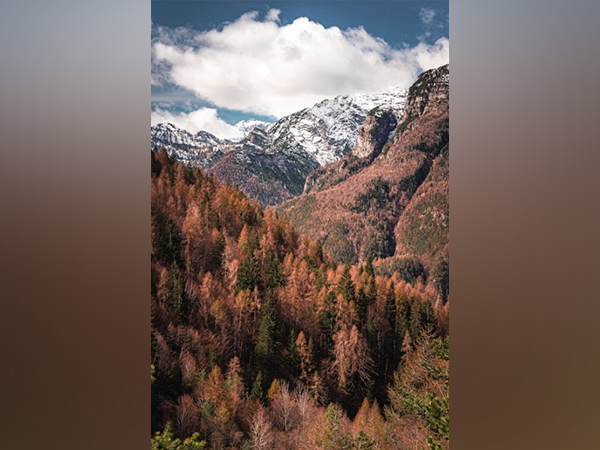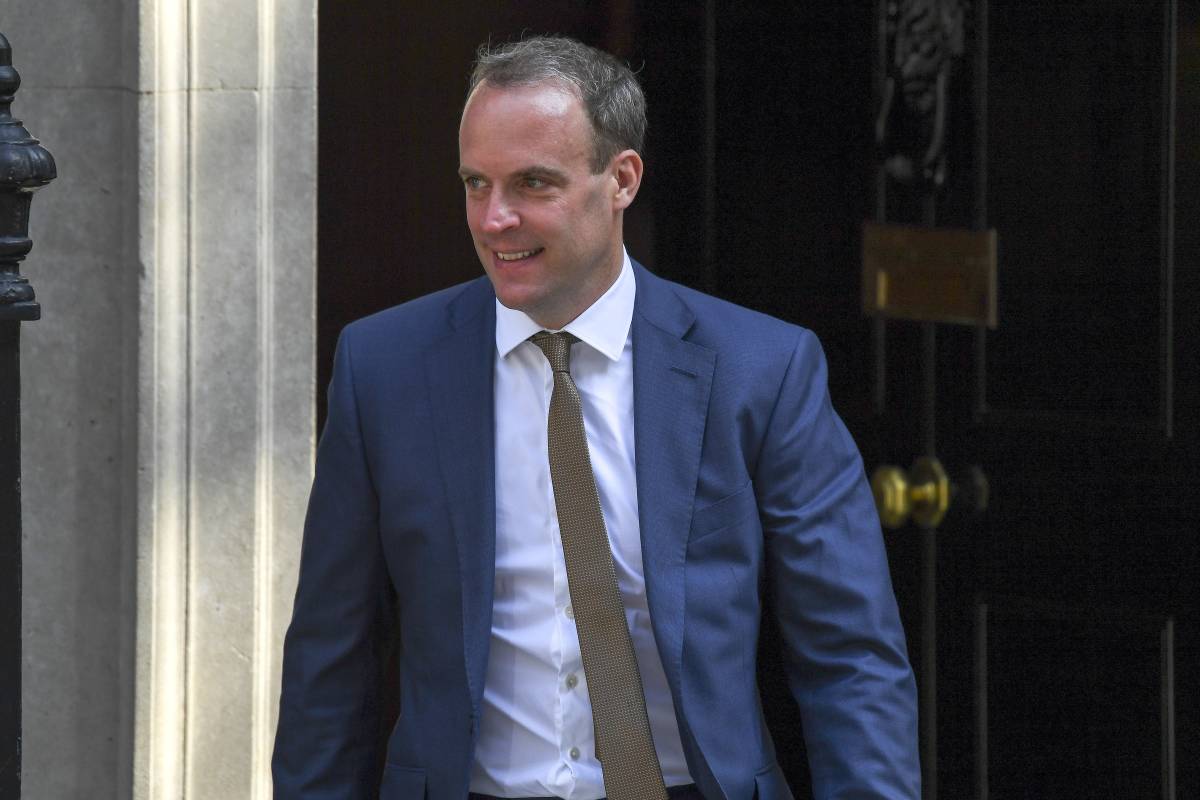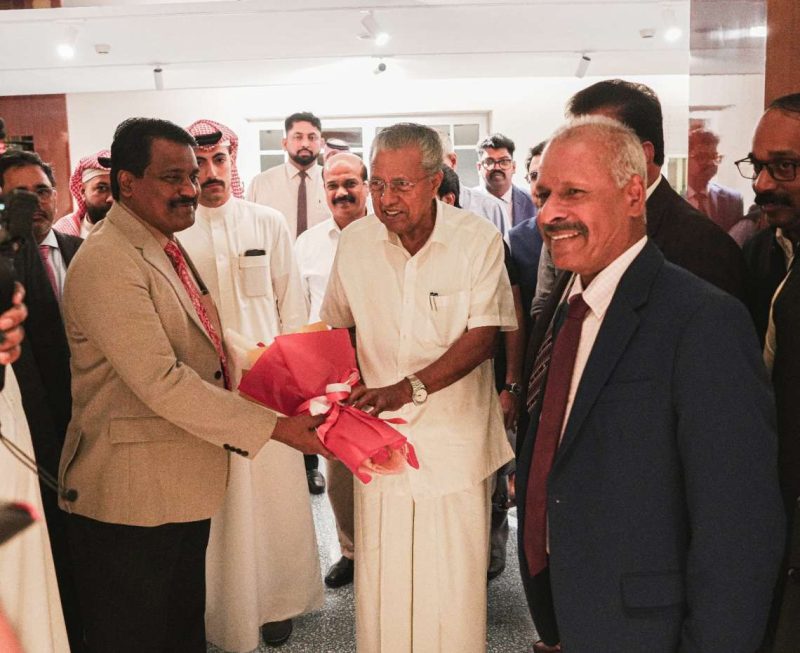On the other hand, vegetation productivity has increased across 77 per cent of the above tree-line area in the study region…reports Asian Lite News
The satellite imagery of the European Alps spanning the past 38 years shows that climate change is driving a decline in snow cover and increase in plant productivity, a process also known as “greening”.
Mountain landscapes are biodiversity hotspots and provide a host of important ecosystem services. For example, meltwater from alpine glaciers and snow provides nearly half of the world’s freshwater resources.
However, mountain environments are also more sensitive to climate change — warming roughly twice as fast as the global average. This is expected to impact snow cover and vegetation productivity in alpine regions, just as it has in the Arctic.
The findings led by researchers at the University of Basel in Switzerland suggest that although alpine greening could increase carbon sequestration in the region, feedbacks between snow and vegetation are more likely to lead to more pronounced environmental changes in the future. This includes amplified warming, thawing of permafrost and increased habitat loss.
Climate feedbacks are processes that can either amplify or diminish the effects of climate forcings.
To determine these effects in the European Alps, the highest and most extensive mountain range in Europe, Sabine Rumpf and a team from the University used Landsat images and evaluated the spatial and temporal trends of snow cover and vegetation production from 1984 to 2021.
According to the findings, snow cover across the region has declined significantly, although in less than 10 per cent of the area studied.
On the other hand, vegetation productivity has increased across 77 per cent of the above tree-line area in the study region.
The feedback loop between greening and snow recession suggests that continued greening will likely accelerate snowmelt, which could have important implications, including altering the region’s albedo (its ability to reflect solar energy), potentially releasing greenhouse gases through melting permafrost, and disrupting ecological structures, putting fragile alpine plant and animal communities at further risk.
ALSO READ-Top New Zealand spots to explore amazing environment














